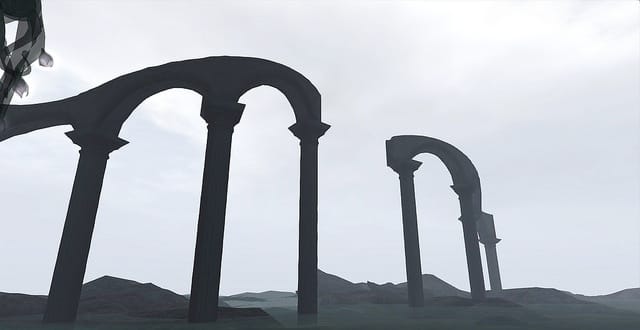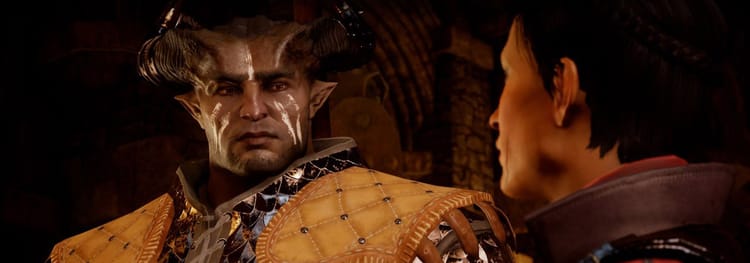Classic Calvino

Italo Calvino was one of the most-translated Italian authors of his day, having penned Invisible Cities and Cosmicomics, a wild and magical approach to the world of biology and physics. In 1986, just a year after his sudden death to a brain hemorrhage, a collection of his work titled The Uses of Literature was released. As much as he was a writer, he was also a critic interested in advancing the medium, simultaneously creating new works. This omnivorous approach led a senior reviewer for The New York Times to opine about Uses: “We are invited into a circle that includes the work, its creators and Mr. Calvino as observer. If only one could immediately expand the circle to include Mr. Calvino’s other work as well.”
One of Calvino’s big questions in Uses is how we define what does or doesn’t belong in our collection, whether a library or personal bookshelf. In Uses lies an essay titled “Why Read the Classics?,” his attempt to outline the criteria for a canon. The list is open-ended, but we liked the idea of trying to define what makes a classic. Below, we’ve adapted his checklist (without all of his meaningful commentary, sadly, for brevity’s sake) and modified for the modern game player. Take a look, meditate, and think on what games would meet Calvino’s doctrine:
/ / /
1. The classics are the games of which we usually hear people say, “I am replaying…” and never “I am playing…”
2. We use the words “classics” for games that are treasured by those who have played and loved them; but they are treasured no less by those who have the luck to play them for the first time in the best conditions to enjoy them.
3. The classics are games that exert a peculiar influence, both when they refuse to be eradicated from the mind and when they conceal themselves in the folds of memory, camouflaging themselves as the collective or individual unconscious. There should therefore be a time in adult life devoted to revisiting the most important games of our youth.
4. Every replaying of a classic is as much a voyage of discovery as the first playing.
5. Every playing of a classic is in fact a replaying.
6. A classic is a game that has never finished saying what it has to say.
7. The classics are the games that come down to us bearing the traces of playings previous to ours, and bringing in their wake the traces they themselves have left on the culture or cultures they have passed through (or, more simply, on language and customs). The playing of a classic ought to give us a surprise or two vis-à-vis the notion that we had of it.
8. A classic does not necessarily teach us anything we did not know before. In a classic we sometimes discover something we have always known (or thought we knew), but without knowing that this designer said it first, or at least is associated with it in a special way. And this, too, is a surprise that gives much pleasure, such as we always gain from the discovery of an origin, a relationship, an affinity.
9. The classics are games which, upon playing, we find even fresher, more unexpected, and more marvelous than we had thought from hearing about them. It is only by playing without bias that you might possibly come across the game that becomes your game.
10. We use the word “classic” of a game that takes the form of an equivalent to the universe, on a level with the ancient talismans. But a classic can establish an equally strong rapport in terms of opposition and antithesis.
11. Your classic designer is the one you cannot feel indifferent to, who helps you to define yourself in relation to him, even in dispute with him.
12. A classic is a game that comes before other classics; but anyone who has played the others first, and then plays this one, instantly recognizes its place in the family tree.
13. A classic is something that tends to relegate the concerns of the moment to the status of background noise, but at the same time this background noise is something we cannot do without.
14. A classic is something that persists as a background noise even when the most incompatible momentary concerns are in control of the situation.
Image by Salvatore Otoro



